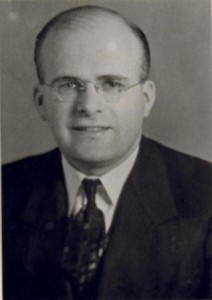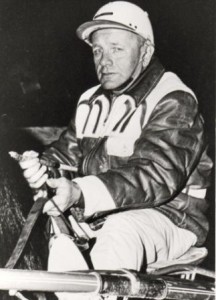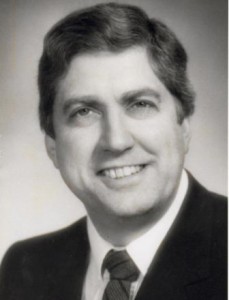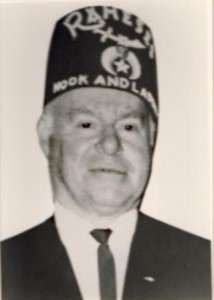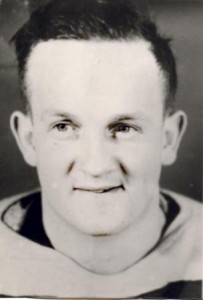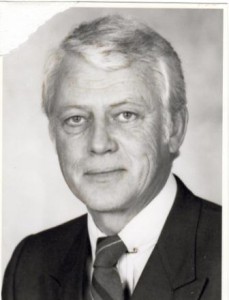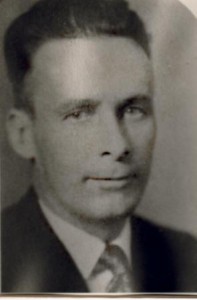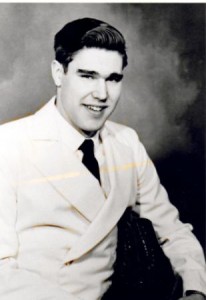 “Men weren’t supposed to figure skate back then”, said Thomas, “I just went about my business and did what I had to do, and what I wanted I wanted to be. I had a wonderful career. I met a lot of wonderful people over the years”.
“Men weren’t supposed to figure skate back then”, said Thomas, “I just went about my business and did what I had to do, and what I wanted I wanted to be. I had a wonderful career. I met a lot of wonderful people over the years”.
Thomas was 1955 champion in the Northern Ontario Junior Mixed pairs. He was a 1956 Bronze Medalist for the Northern Ontario Junior Men’s competition. He was also champion of British Columbia Junior Men’s competition and a British Columbia Bronze champion in 1958.
Nationally, he won the Western Canada Silver Junior Men’s Championship in 1958. Thomas started the Stayner figure skating club in 1959 with the Stayner Lions Club. During his 19 year professional career, he spent a lot of time coaching and teaching in several towns. He said somewhere along the line he and his coach decided that mentally challenged children deserved the chance to skate. “We devised a method of teaching them, and it gave them something to strive for” said Thomas, “after being all over it was nice to give something back”.His aunt and cousin are also in the Hall of Fame as volunteer “builders” of sports clubs.
He skated until 1978, long enough to skate in an annual town skating carnival with his two daughters Sheri and Monica. He said that many things have changed since he last skated. He used to take his own luggage onto a Trans Canada (Air Canada) plane. He also said figure skating used to be an art, now it’s a sport!
John Thomas was inducted into the Collingwood Sports Hall of Fame June 17, 1994. John was honoured for his figure skating career and his work with the mentally handicapped.

